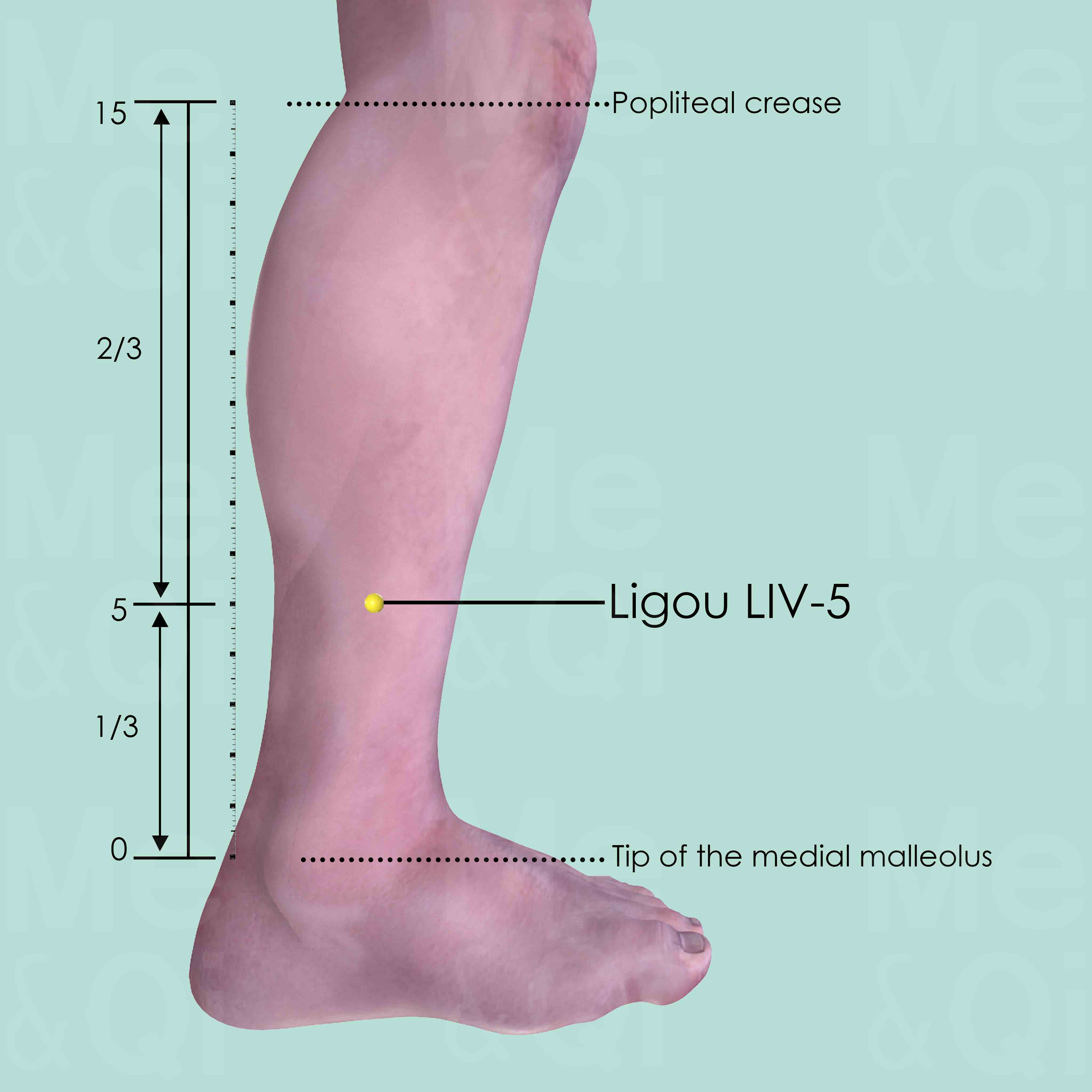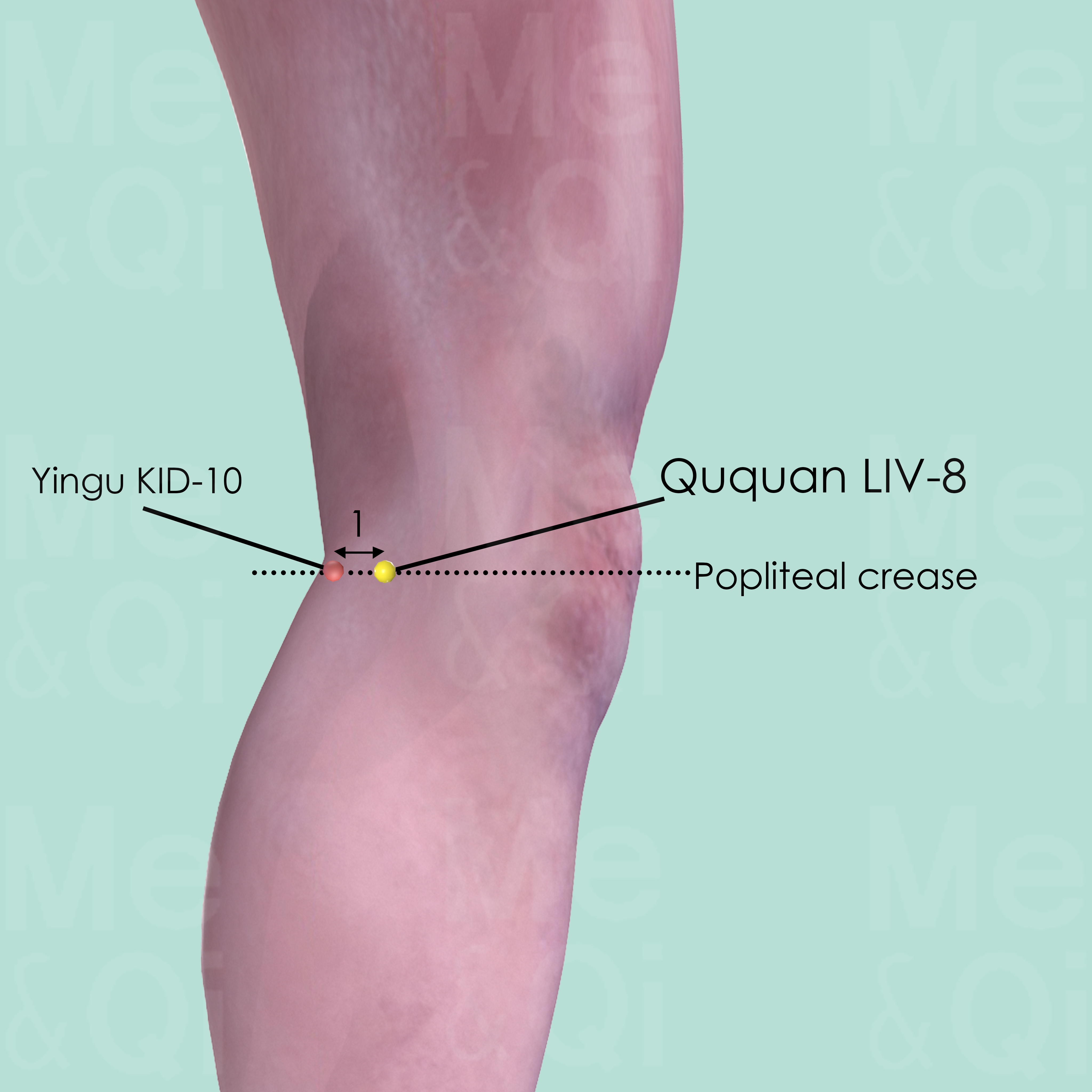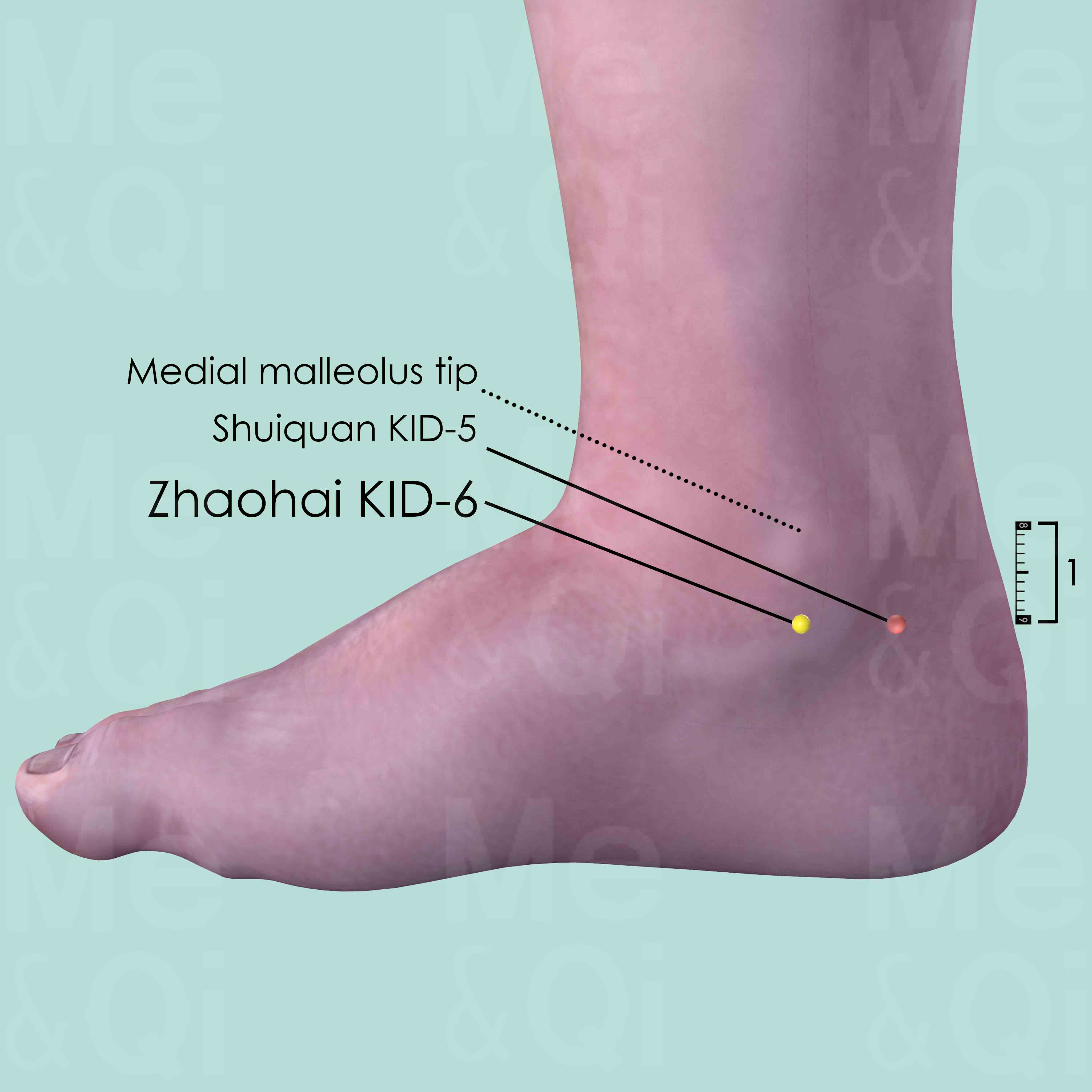Involuntary Erectionaccording to TCM
Symptom family: Sexual Health Disorders
What is involuntary erection?
An involuntary erection refers to the occurrence of an erection without sexual arousal or stimulation. This condition can manifest in various forms, from the occasional, brief erection unrelated to sexual thoughts or stimuli, to more severe cases like priapism—a medical emergency where the erection is prolonged and painful, lasting several hours or more.
While erections are a natural response of the male body to various types of stimulation and can occur spontaneously, particularly during certain phases of sleep, involuntary erections become a concern when they are persistent, cause discomfort, or are indicative of underlying health issues. Understanding the distinction between normal physiological responses and those that may require medical intervention is crucial for addressing potential concerns associated with this condition.
How does TCM view involuntary erection?
In the realm of Traditional Chinese Medicine (TCM), involuntary erection is seen through a holistic lens, emphasizing the imbalance of Qi (life force) and Blood within the body. Unlike Western medicine, which may focus on the symptom itself or seek a direct physiological cause, TCM delves into the energetic disharmonies that lead to such manifestations.
The condition is often associated with disruptions in the flow of Qi or imbalances in the Kidney and Liver systems, which in TCM are crucial to sexual health and the regulation of bodily fluids and energies. This perspective encourages a comprehensive approach to treatment, aiming to rectify the underlying disharmony and restore the body's natural balance, rather than solely addressing the symptom of involuntary erection.
Acupoints for Involuntary Erection
In addressing involuntary erection, TCM turns to acupuncture as a primary method of restoring equilibrium within the body's energy channels. The practice involves stimulating specific acupoints believed to be effective in rebalancing the flow of Qi and Blood, directly influencing the organs and systems that contribute to sexual health. For instance, the Ligou LIV-5 point on the Liver channel is targeted for its role in invigorating Liver Qi and clearing Damp-Heat, which can alleviate symptoms related to genitourinary disorders.
Similarly, the Ququan LIV-8 point is known for its benefits to the Bladder and reproductive organs, nourishing Liver Blood and addressing issues stemming from Dampness in the Lower Burner. Another pivotal point is Zhaohai KID-6 on the Kidney channel, crucial for nourishing Kidney Yin and regulating the Uterus and menstruation, highlighting the intricate connections TCM draws between various bodily functions and sexual health. Through the strategic application of acupuncture to these points, TCM practitioners aim to correct the imbalances that lead to involuntary erection, offering a nuanced and individualized approach to healing.
Explore below some acupoints used to address involuntary erection, organized by meridian.
- By Meridian
- Liver Channel
- Kidney Channel

Ligou LIV-5
5 cun above the tip of the medial malleolus, on the medial aspect and posterior to the medial crest of the tibia.

Ququan LIV-8
On the medial aspect of the knee join. Flex the knee and locate the point above the medial end of the popliteal crease, posterior to the medial condyle of the tibia, on the anterior border of the insertion of semimembranosus and semitendinosus muscle, about 1 cun anterior to Yingu KID-10.

Zhaohai KID-6
Approximately 1 cun below the medial malleolus tip, over the joint space between the talus and the calcaneus.
